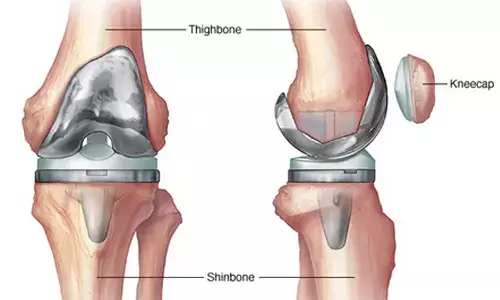Flexible screens and graphene transparent phones - future of smartphone technology

The new roll-to-roll production method could enable lightweight, flexible solar devices and a new generation of display screens.
A new way of making large sheets of high-quality, atomically thin graphene could lead to ultralight, flexible solar cells and new classes of light-emitting devices and other thin-film electronics.
The new manufacturing process, which MIT developes and should be relatively easy to scale up for industrial production, involves an intermediate layer of "buffer" material that is key to the technique's success. The damper allows the ultra-thin graphene sheet, less than one nanometer (billionth of a meter) thick, to be easily lifted from its substrate, enabling rapid roll-to-roll manufacturing.
The process is detailed in a paper published on June 4, 2020, in Advanced Functional Materials by MIT postdocs Giovanni Azzellino and Mahdi Tavakoli; Professors Jing Kong, Tomas Palacios and Markus Buehler; and another five at MIT.
Finding a way to make thin, transparent, large-area electrodes that are stable in free air has been a major pursuit in thin-film electronics in recent years, for a variety of applications in optoelectronic devices, things that emit light, like computers and smartphone screens, or harvest it, as solar cells. The current standard for such applications is indium tin oxide (ITO), a material based on rare and expensive chemical elements.
Many research groups have worked to find a replacement for ITO, focusing on organic and inorganic candidate materials. Graphene is a form of pure carbon whose atoms are arranged in a flat hexagonal matrix; it has extremely good electrical and mechanical properties but is extremely thin, physically flexible, and made of an abundant and inexpensive material. It can be grown easily in the form of large sheets by chemical vapor deposition (CVD), using copper as a seed coat, as Kong's group has shown. However, for device applications, the trickiest part has been finding ways to liberate CVD-grown graphene from its native copper substrate.
This release, known as the graphene transfer process, tends to generate a network of tears, wrinkles, and defects in the sheets, disrupting the continuity of the film and, therefore, drastically reducing its electrical conductivity. The key is the buffer layer, made of a polymeric material called parylene, which conforms at the atomic level to the sheets of graphene on which it is deployed. Like graphene, parylene is produced using CVD, simplifying the manufacturing process and scalability.
As part of a demonstration of this technology, the team fabricated proof-of-concept solar cells, adopting a thin-film polymeric solar cell material, along with the newly made graphene layer for one of the cell's two electrodes and a parylene layer that it also serves as the substrate for the device. They measured an optical transmittance close to 90 per cent for the graphene film under visible light. The damping material, parylene, is widely used in the microelectronics industry, typically to encapsulate and protect electronic devices. So the supply chains and the equipment to use the material are already very stretched out.
Manufacturers are actively exploring and developing these concepts, and we are beginning to see some commercial products incorporating these features. However, there are still challenges to overcome in terms of durability, cost, and scalability before these technologies become commonplace in the smartphone market.



















